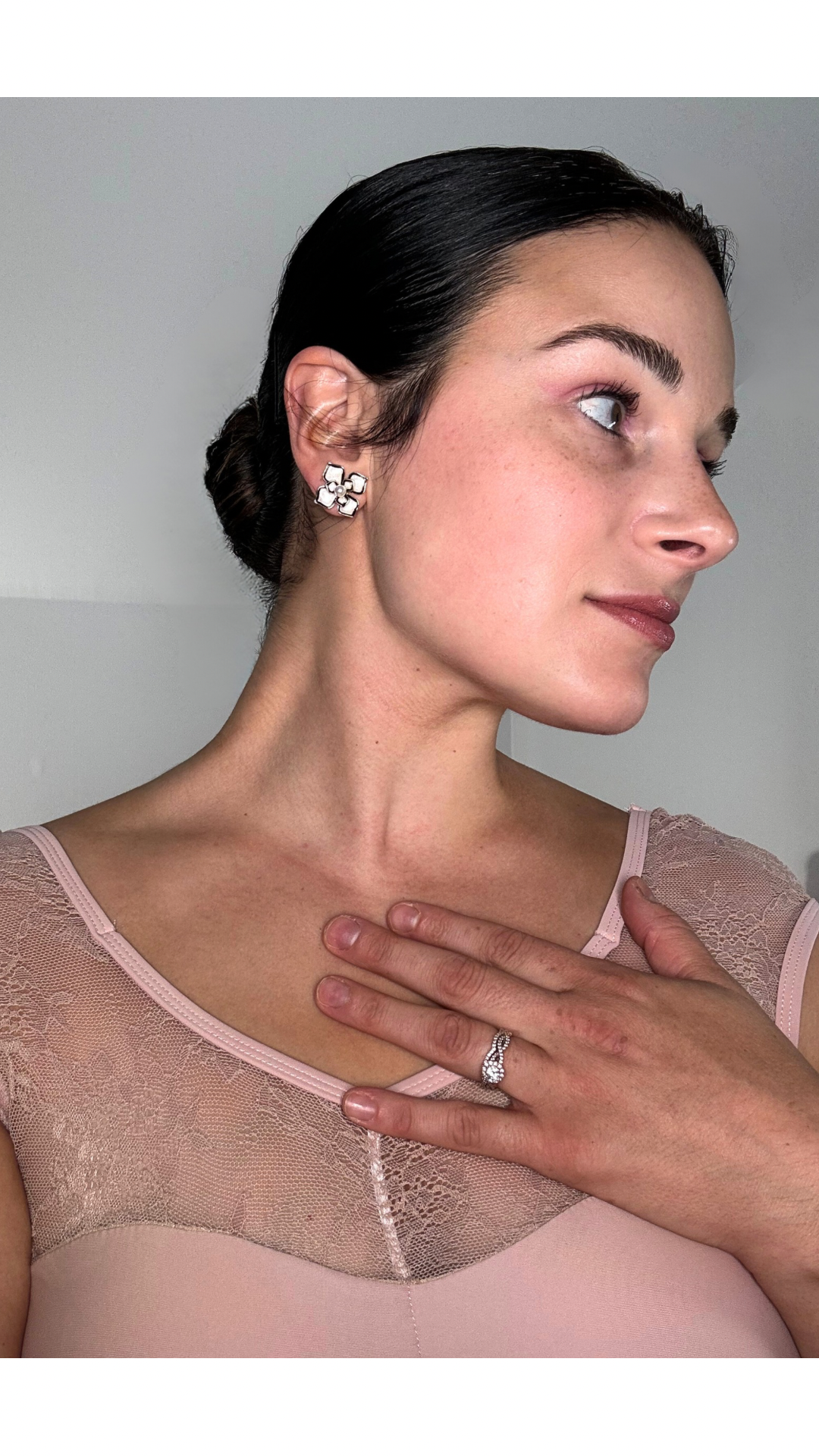Pointe Readiness and Pre-Pointe Training: The Veronica K Method™ Approach to Safe Progression
- Veronica K

- Apr 22
- 3 min read

Progressing to pointe is one of the most exciting things to look forward to as a ballet dancer. However, safely achieving this milestone requires more than taking ballet technique classes.
Historically, many dancers were placed en pointe simply based on their age—often around 11 or 12 years old. Conversely, I have also worked with adult dancers who were told they had “missed their window” to begin pointe because they did not train in ballet as children.
When I was teaching in dance studios, I witnessed programs that relied on growth plate X-rays to determine readiness. Research has now shown that skeletal maturity alone is not an accurate predictor of safe pointe readiness (Luke et al., 2002).
Age, X-ray confirmation of closed growth plates, and number of years in class are not sufficient indicators to ensure a dancer has the necessary strength, control, and alignment to safely progress onto pointe.
The old ways of evaluating pointe readiness were often flawed, leading to unnecessary injuries, burnout, mental and emotional distress. Today's best practices, supported by dance medicine research, emphasize individualized assessment that considers not just chronological age, but physical preparedness, developmental milestones, neuromuscular control, and anatomical uniqueness (Bowerman et al., 2015; Gamboa et al., 2008).
As a Certified Personal Trainer, Professional Dancer, and Physical Therapist Assistant, I have developed a unique system for evaluating pointe readiness rooted in my Veronica K Method™.
My Veronica K Method™ approach is to integrate ballet training, injury prevention, pre-pointe conditioning, and corrective exercise to ensure safety as a dancers gets en pointe. My methodology takes into account each dancer's individual anatomy, training background, compensations, and risk factors that could potentially derail their pointe journey if left unaddressed.
Evaluating Pointe Readiness with the Veronica K Method™
Unlike a traditional "time-based" approach where dancers are simply moved en pointe after a set number of years or classes, my evaluation process focuses on:
Postural Alignment and Core Stability
Ankle and Foot Strength and Mobility
Lower Limb Neuromuscular Control
Balance and Proprioception Testing
Red Flag Screening for Hyperextension, Spinal Instability, and Growth-Related Vulnerabilities
Surgical History
Developmental milestones (Younger dancers)
Cognition & bone density (Senior daners)
Research has shown that improper pointe readiness screening can lead to a significantly higher risk of injury, particularly to the foot, ankle, and knee joints (Bowerman et al., 2015; Gamboa et al., 2008). I believe proper pointe readiness assessment and targeted pre-pointe training are not luxuries—they are necessities to see safety and progress in the ballet world.
Pointe Readiness Training Packages
For dancers who feel they may be close but still need to "bridge the gap," I offer specific Pointe Readiness Training Packages.
These individualized pre-pointe conditioning programs are designed to help teen to senior ballet dancers:
Correct irregular movement patterns
Strengthen weak links
Improve mobility where deficits exist
Decrease compensations that could cause injury later
Determine appropriateness for progressing en pointe
Whether you are a young dancer approaching your first pair of pointe shoes, an adult ballet student pursuing a lifelong dream, or a senior dancer maintaining safe ballet training, I will meet you where you are and determine a safe plan for you.
For Teachers: Veronica K Method™ Instructor Certification
If you are a dance educator who wants to feel confident evaluating your students for pointework, the Veronica K Method™ Instructor Training Program offers a deep dive into my approach.
Inside the teacher certification and on the Veronica K Platform, you will find a full one-hour lecture and demonstration session where I show:
How I perform a detailed pointe readiness assessment step-by-step
What red flags I watch for at various ages and stages
How growth spurts, skeletal maturity, and even menstrual cycle changes impact pointe readiness (Luke et al., 2002)
How I modify my teaching approach to accommodate individual anatomical differences
How I design a pre-pointe program for dancers of all ages
My goal is to create Safer, Stronger Dancers™ who are not rushed but are prepared physically, mentally, and biomechanically for the demands of pointework.
If you are a dancer ready to bridge your way to pointe through structured pre-pointe training—or an instructor ready to lead your students there with clarity and confidence—consider signing up for a Pointe Readiness Training Package or becoming a Certified Veronica K Method™ Instructor. I would be honored to help you or your students build a better, safer future in dance!
References
Bowerman E, Whatman C, Harris N, Bradshaw E. A review of the risk factors for lower extremity overuse injuries in young elite female ballet dancers. J Dance Med Sci. 2015;19(2):51-56.
Gamboa JM, Roberts LA, Maring J, Fergus A. Injury patterns in elite preprofessional ballet dancers and the utility of screening programs to identify risk characteristics. J Orthop Sports Phys Ther. 2008;38(3):126-136.
Luke AC, Kinney SA, D'Hemecourt PA, et al. Determinants of injuries in young dancers. Med Probl Perform Art. 2002;17(3):105-112.




Comments